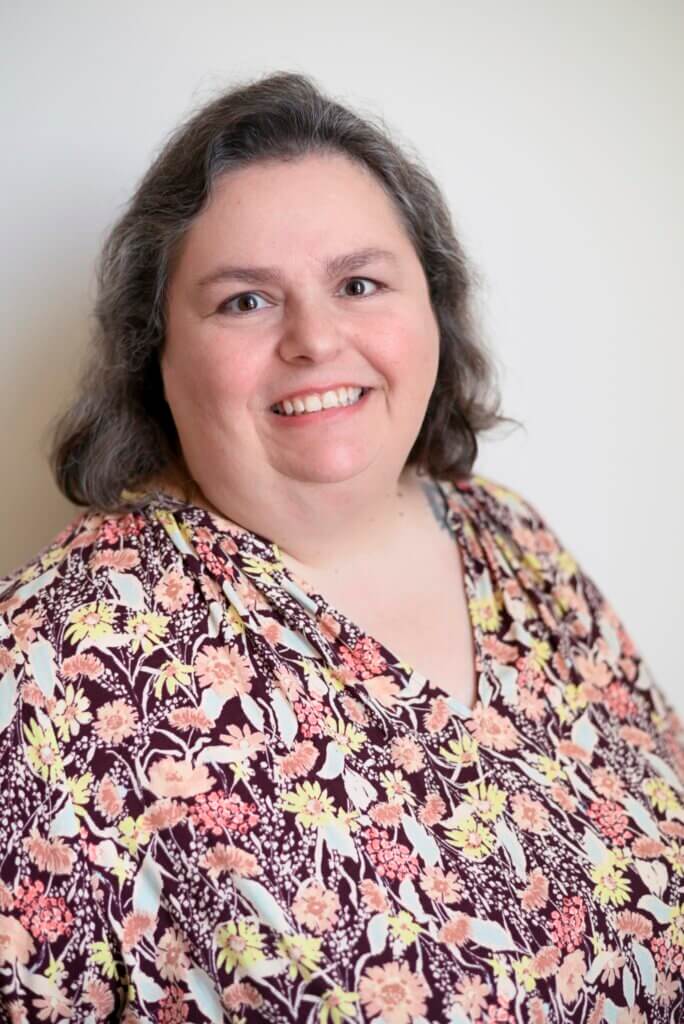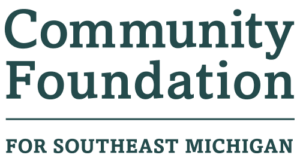
Melissa Roberts, PEDALS Coach
By Melissa Roberts, PEDALS Coach
Countless studies have been done on the importance of music in the acquisition of executive function skills such as language development, mathematics, problem-solving and other cognitive development in young children. Music and singing in the preschool classroom is one of the best ways to develop social emotional learning skills in the early years of child development. Think back to some of your early experiences with music. Maybe you have precious memories of being sung to by a parent or family member.
These memories most likely evoke feelings of love, comfort, safety and well-being, because we associate these activities with our loved ones and caregivers. Affirmation songs such as, “You are my Sunshine,” convey emotional bonds and the intimate setting of being rocked to sleep with a lullaby. Can you still recall some of those early songs? Chances are that you remember singing along with other children either around a campfire, in a school concert or on a school bus and can probably still pull out some of the tunes and lyrics of these songs from the deep recesses of your memory. That’s because music and singing engage so many aspects of memory consolidation, brain development and most importantly, social emotional learning.
The impact of singing in the development of social skills has many layers of importance. First of all are the health benefits of singing. Singing releases the “feel good” chemicals, the endorphins in our brains that make us feel happy. The act of singing relies on the development of deep breathing that is similar to meditation and mindfulness techniques and has a calming and grounding effect on the body. The deep and synchronized breathing that singing together in a group requires, helps to lower our stress levels and promotes self-esteem, builds self-confidence and brings people together in a shared experience and activity. Children are naturally drawn to music, singing and dancing as they love moving around, acting silly and making noise.
When children sing, they use their whole bodies to express themselves. Body awareness and spatial understanding of their body position in relation to others is needed so that everyone has a place to move and not run into each other. Singing along with another person engages the need for self-regulation and prosocial skills in a fun and interactive way. Singing in a group requires the need to pay attention to another person and listen to what is being sung, as well as being able to recall and repeat back the lyrics. The pace or tempo is dictated by the song and singer, as well as the level of volume or dynamics and staying within these parameters makes for a more enjoyable experience.
Taking turns through call– and– response songs such as “Down by the Bay” and “Miss Mary Mack” are useful teaching tools, as they give young children the opportunity to listen, imitate, explore their own voice and gain confidence. Singing and music activities allow children the opportunity to recognize, label and explore different emotions. Singing emotion recognition songs such as “If You’re Happy and You Know Iit” uses labeling and acting out of different emotions to coach awareness of feelings in our emotional spectrum. Listening to various styles of music, from classical to energetic dance music, can help children explore what they hear and experience the effects that different music can have on their bodies.
The importance of singing with preschoolers has numerous undisputed benefits but not everyone feels confident in their singing voice and therefore might start to rely on pre-recorded songs in their music and movement experiences. These recordings are useful for lesson planning as they provide a lively, engaging and professional polish to the activity, but bear in mind the disadvantages of relying too heavily on this technology. Availability of electrical outlets, playing devices, scratches in CDs and having to fumble in finding the song all detract from the “in the moment” experience of making music. Being able to just rely on your own voice allows you flexibility in using singing as a behavior management tool while taking children on bathroom breaks, walking down a hallway or having to wait in a line.
Singing songs that include instruction such as the Second Step music of the “Eyes are Watching” song present behavior expectations in a positive concrete way that is easily understandable to young children. Other body movement songs such as “Head, Shoulders, Knees and Toes” and “Open Shut Them” promote body part awareness and following directions. The fact of the matter is that children do not care about the quality of your singing voice. They are drawn in by your enthusiasm and excitement with the song you are singing. Being expressive and dramatic in your facial expressions and using an excited tone in your voice is all that is needed to be a great performer and gather and hold the children’s attention.
Using music and the gift of song greatly influences positive outcomes in the social emotional development of preschool children and should be an integral part of the preschool classroom.

